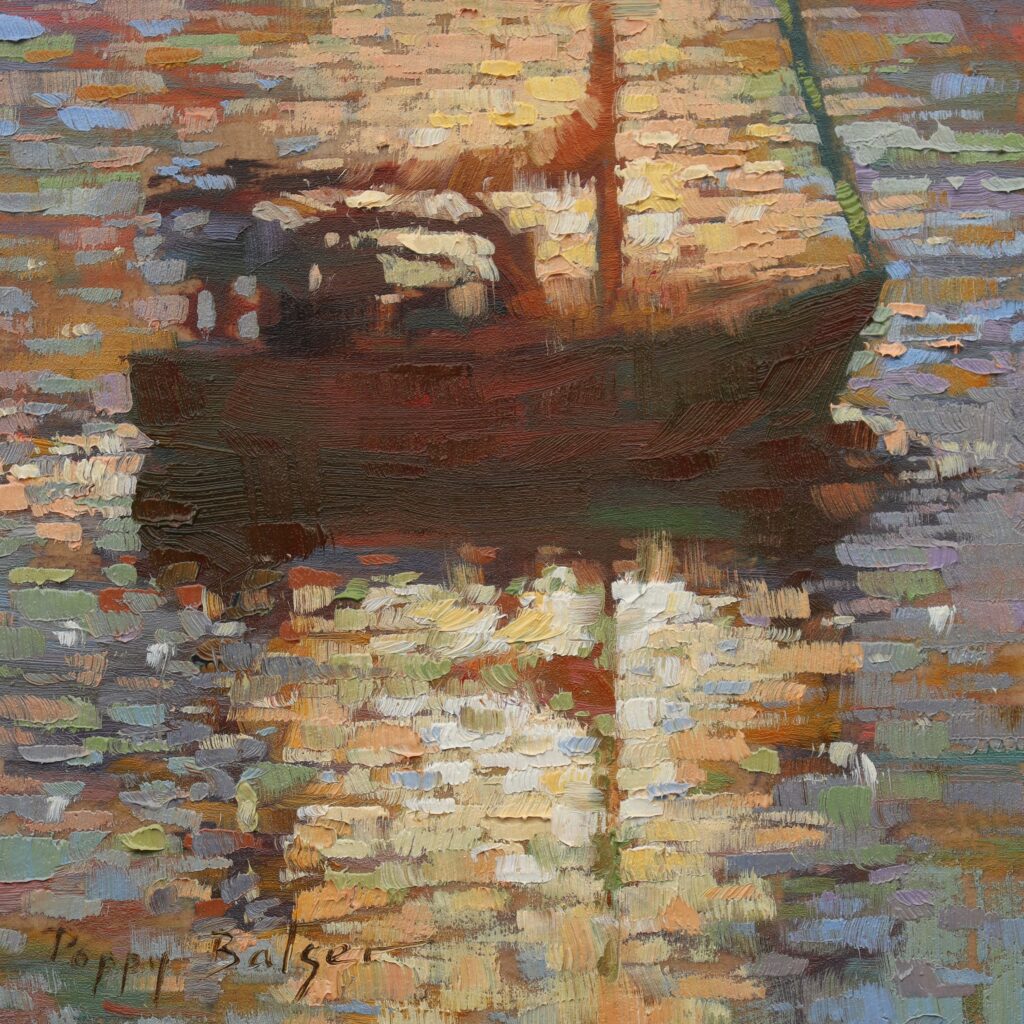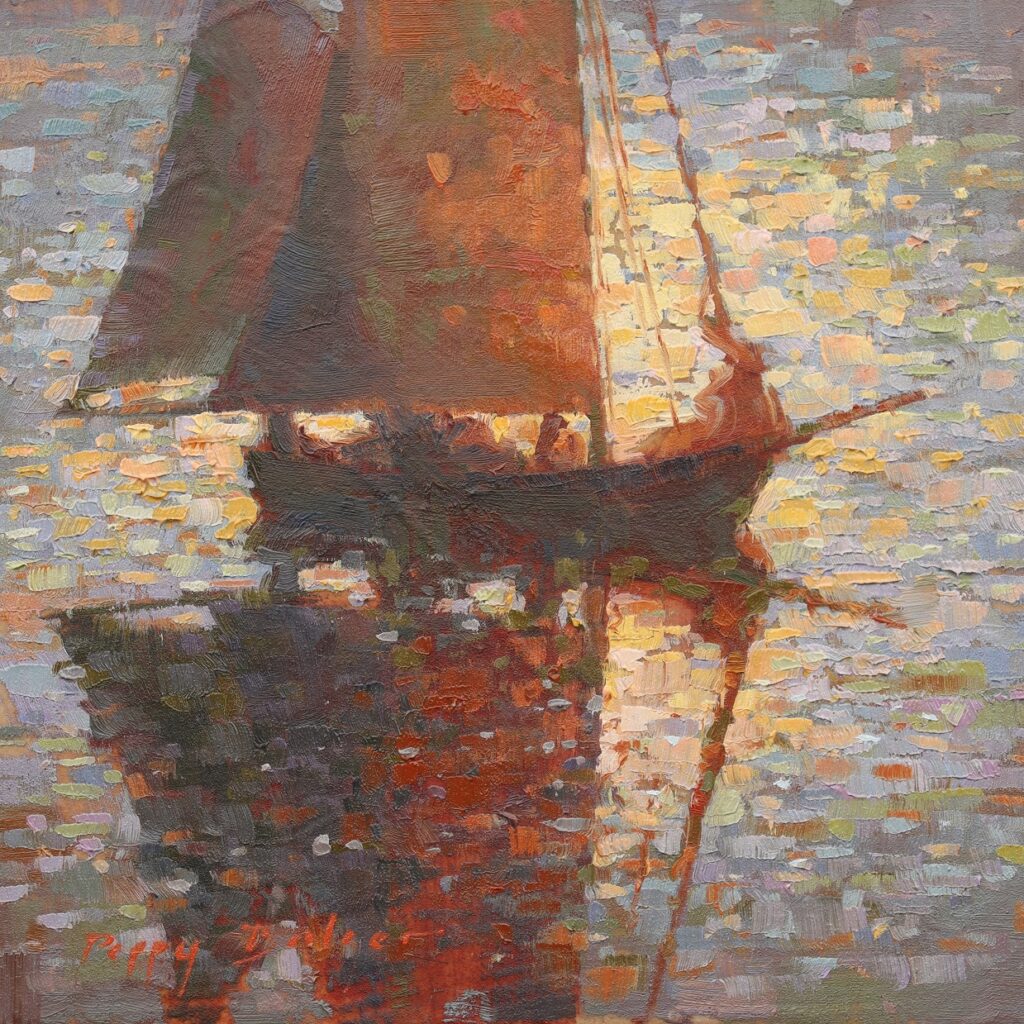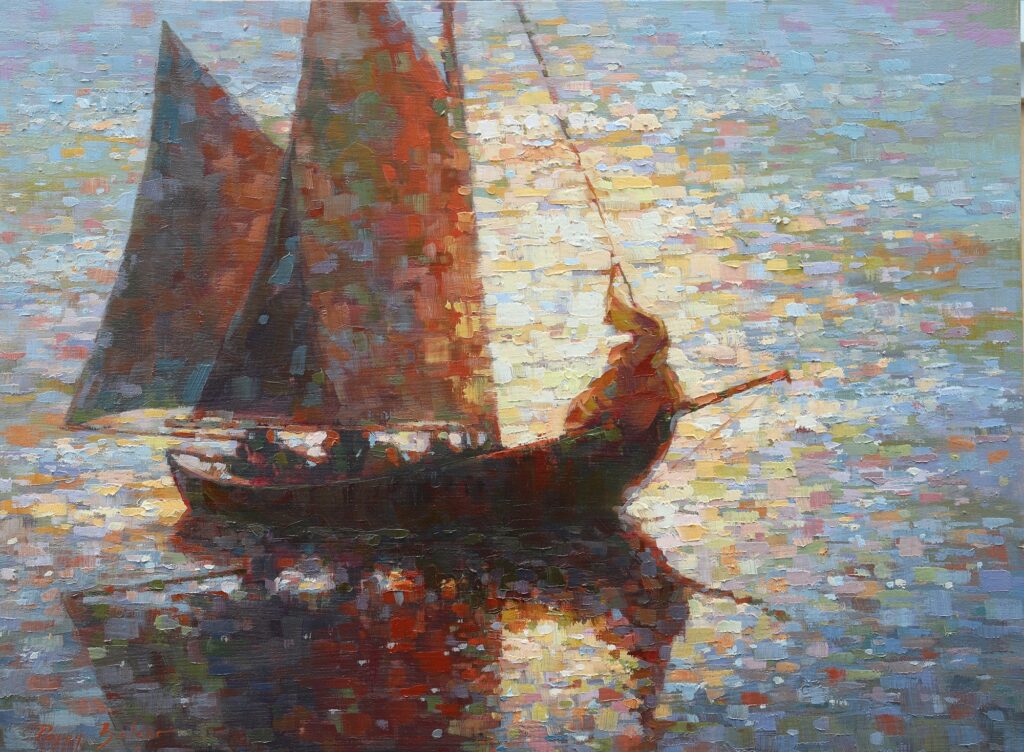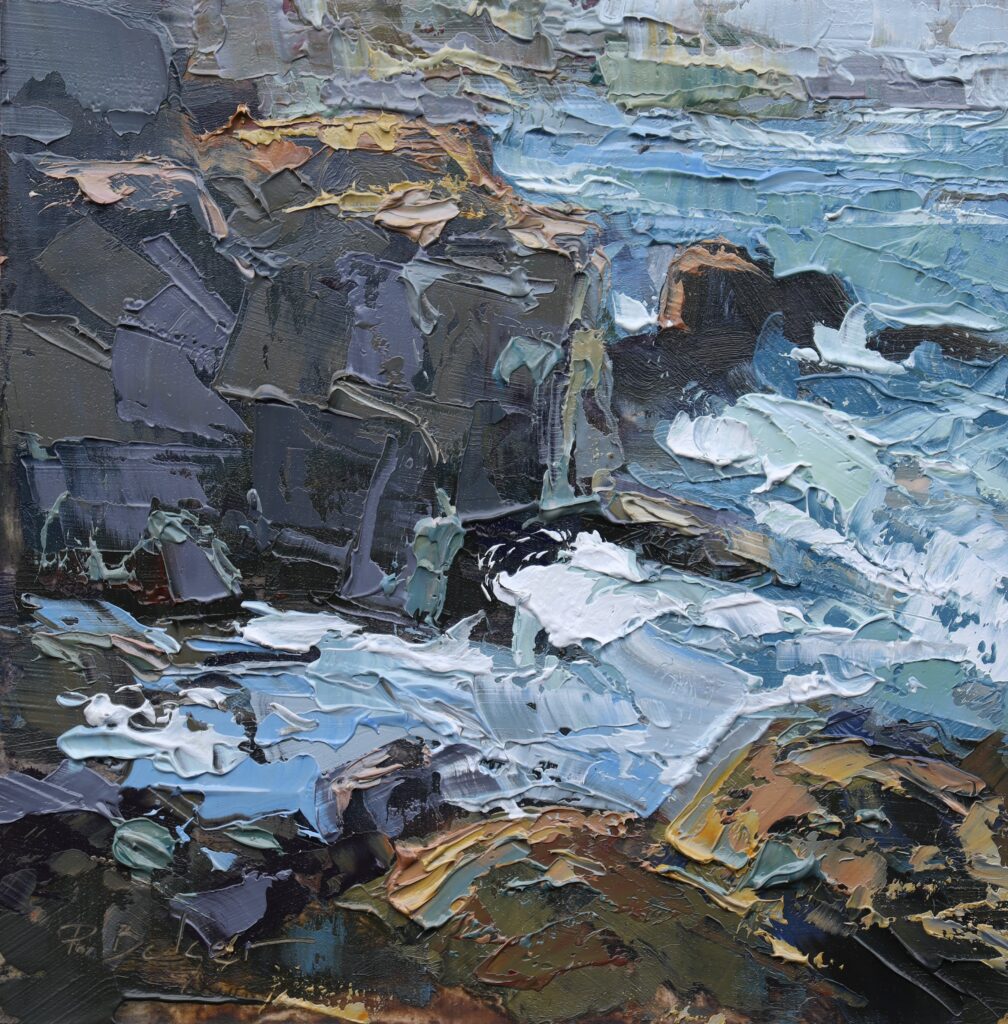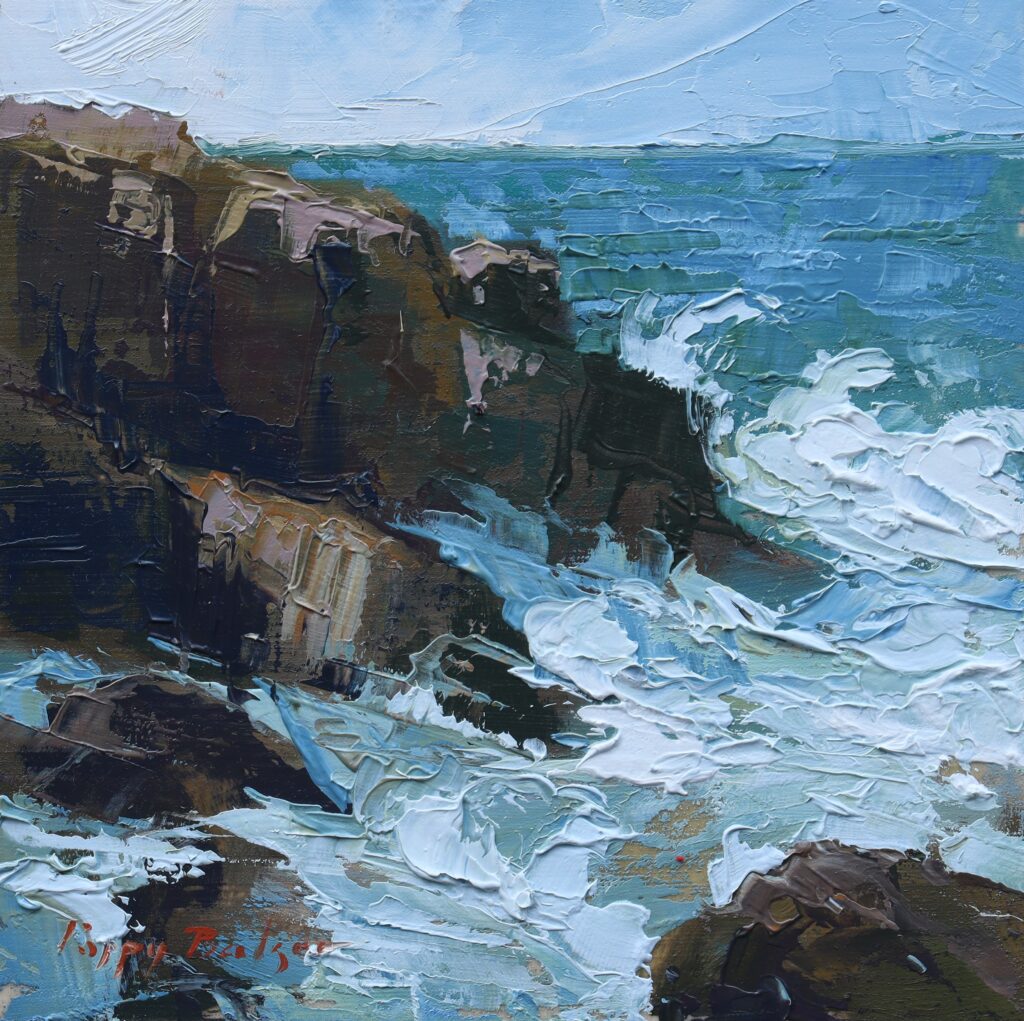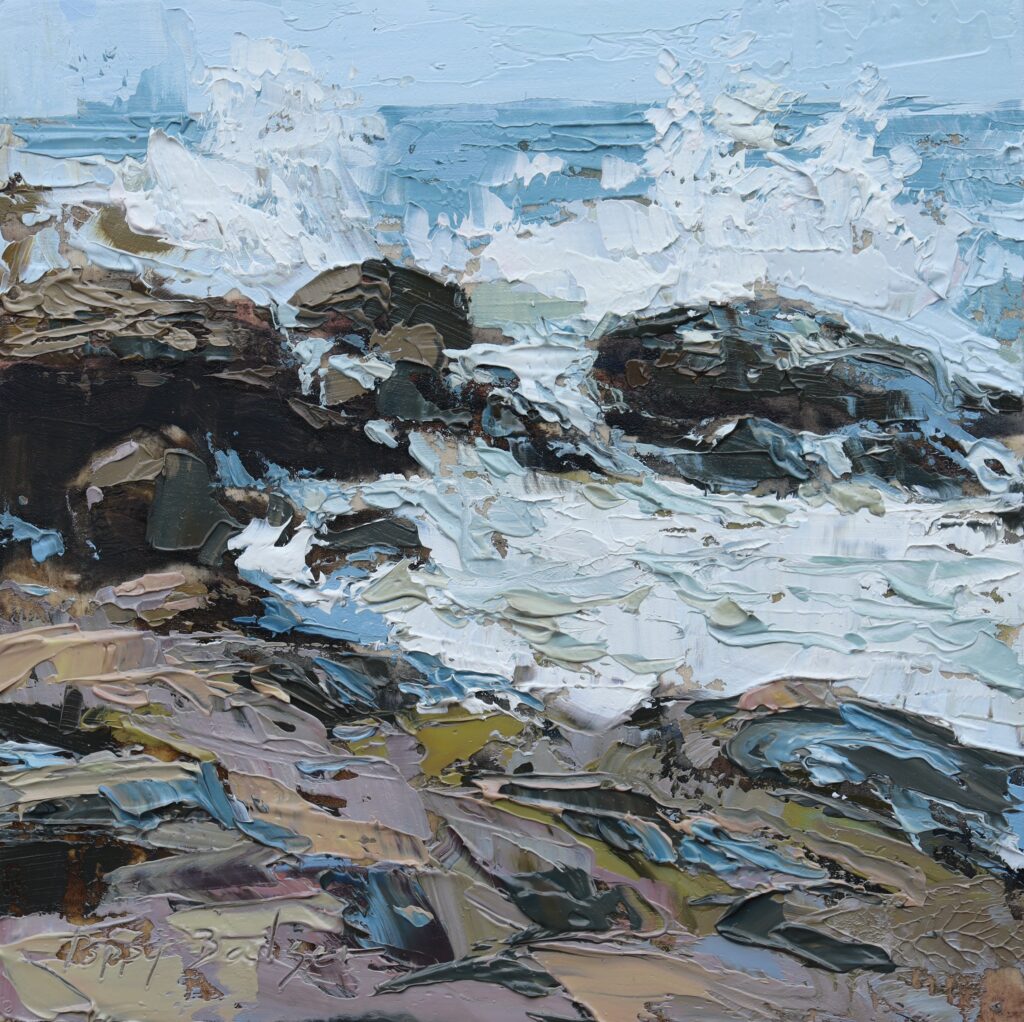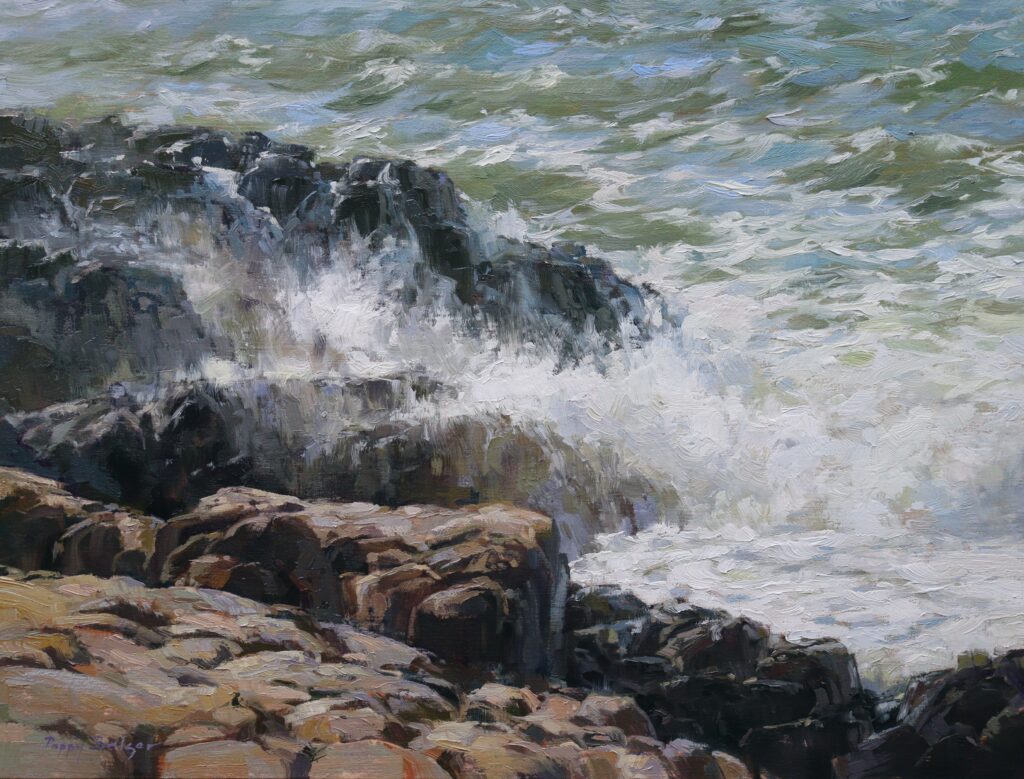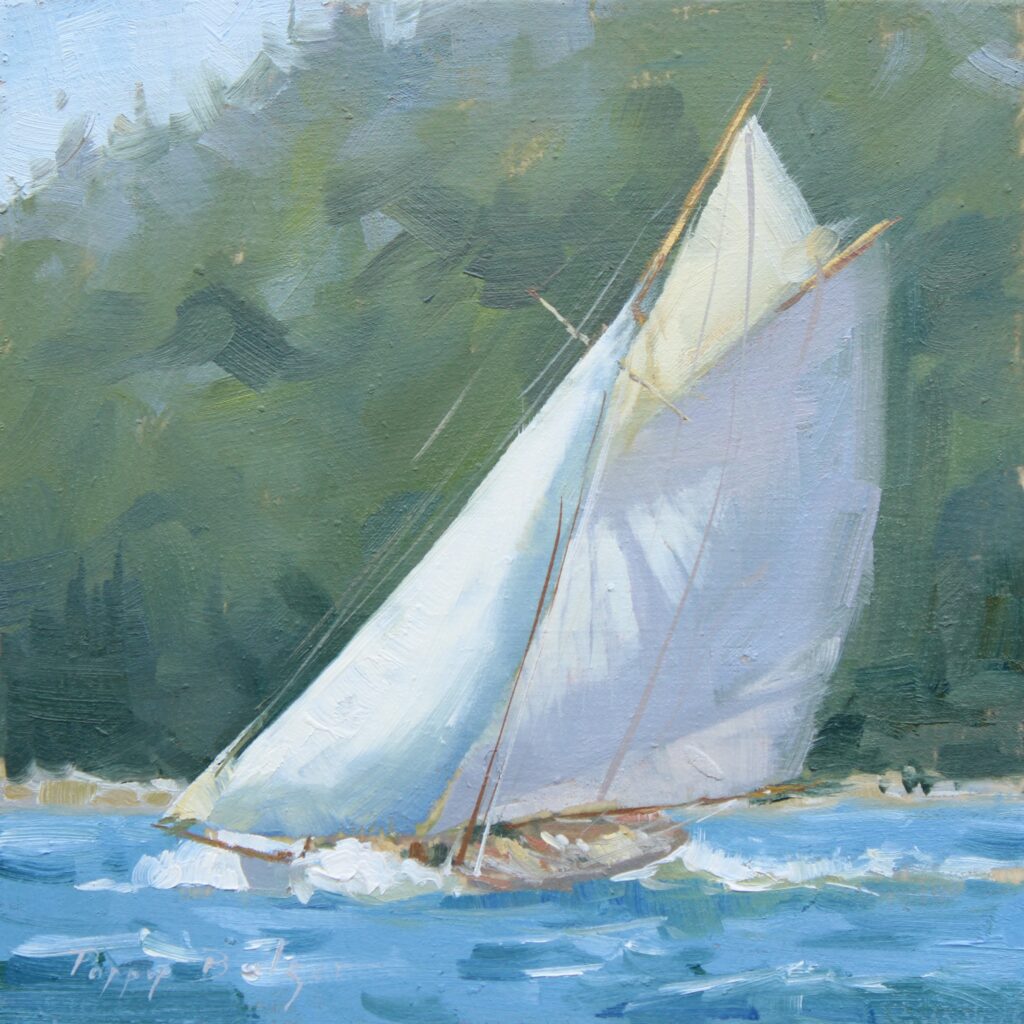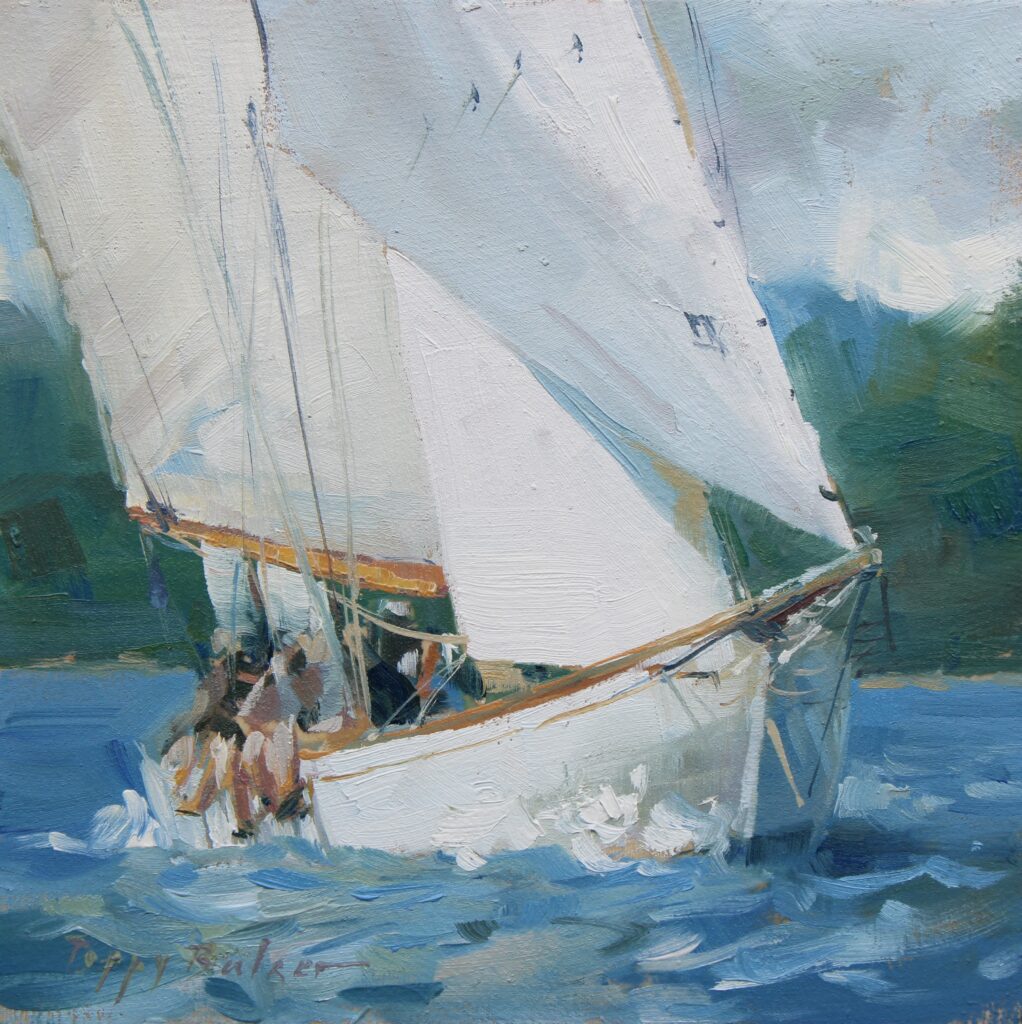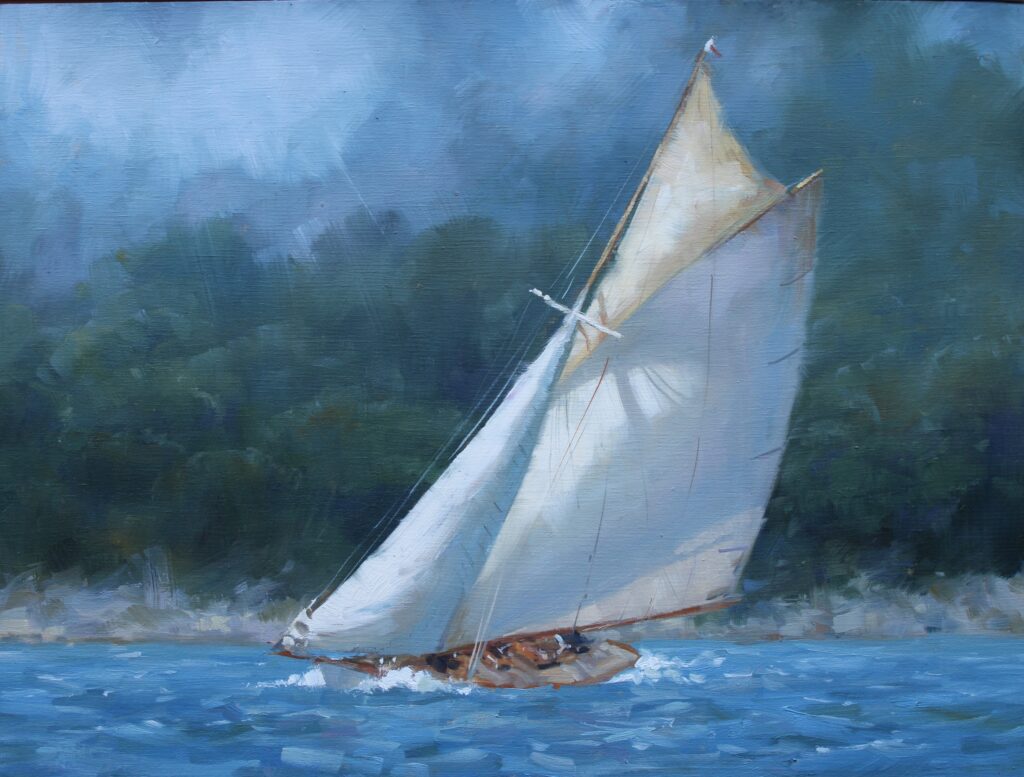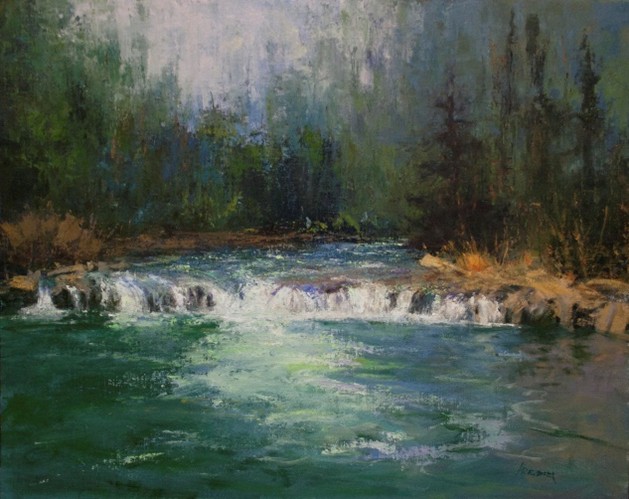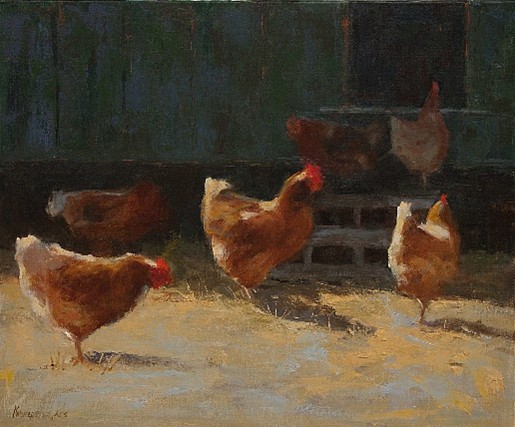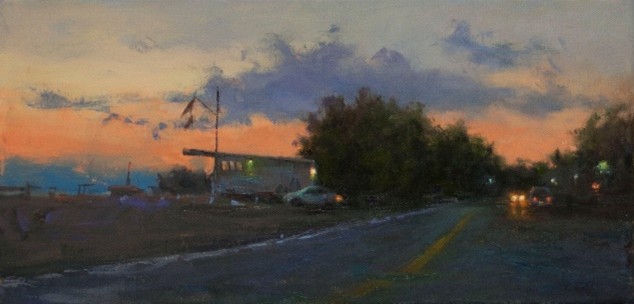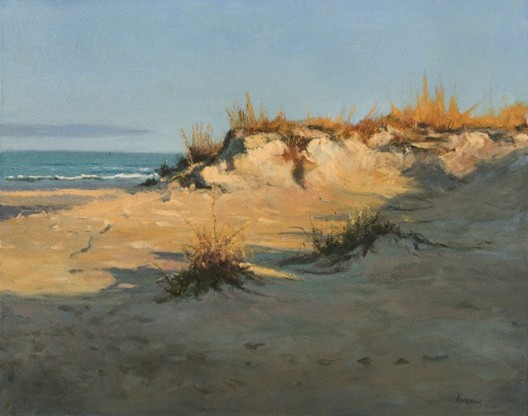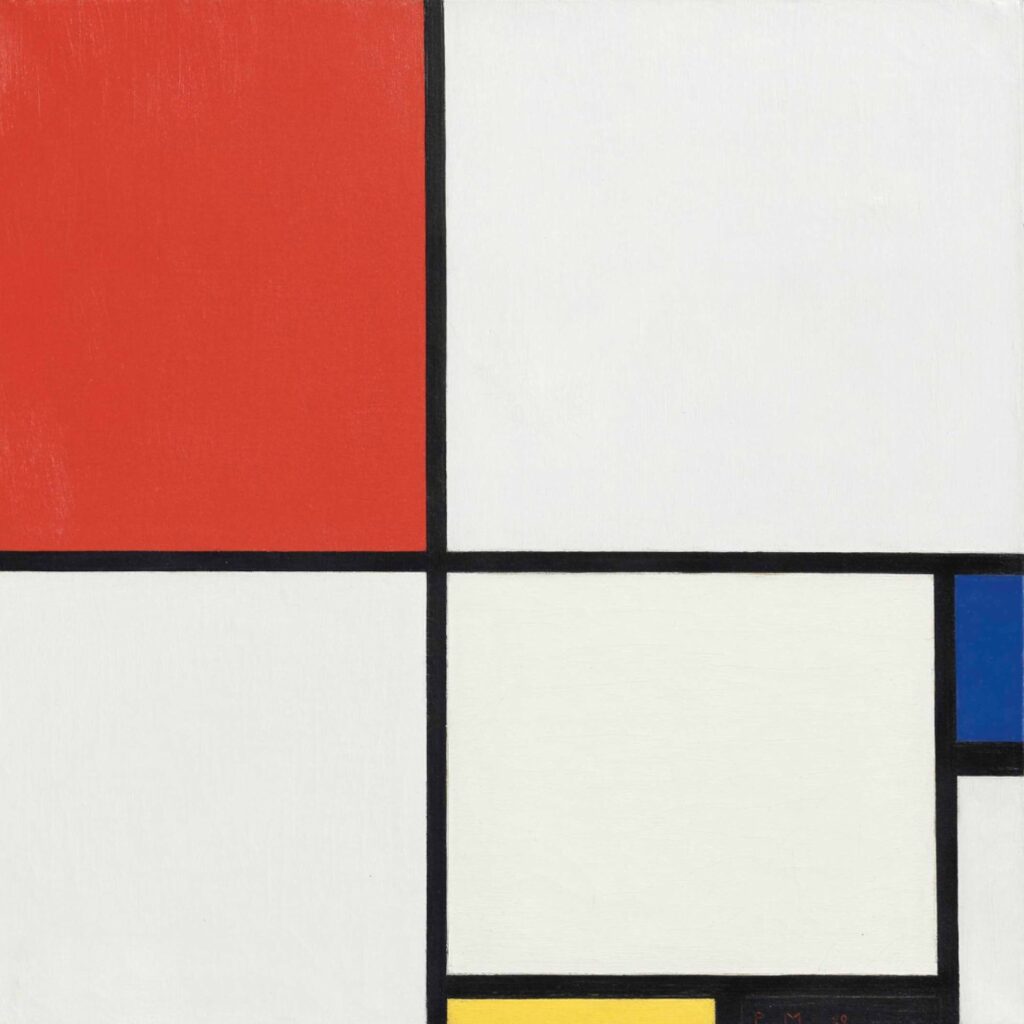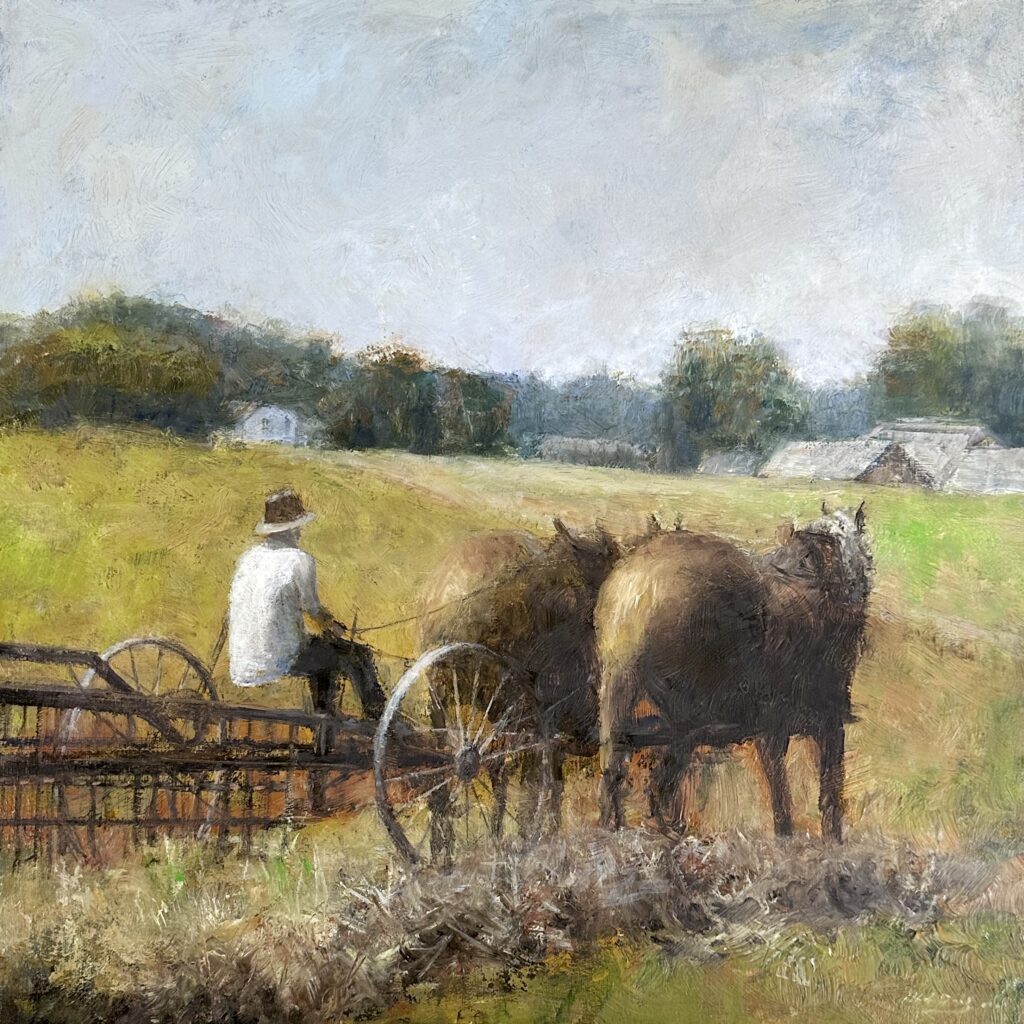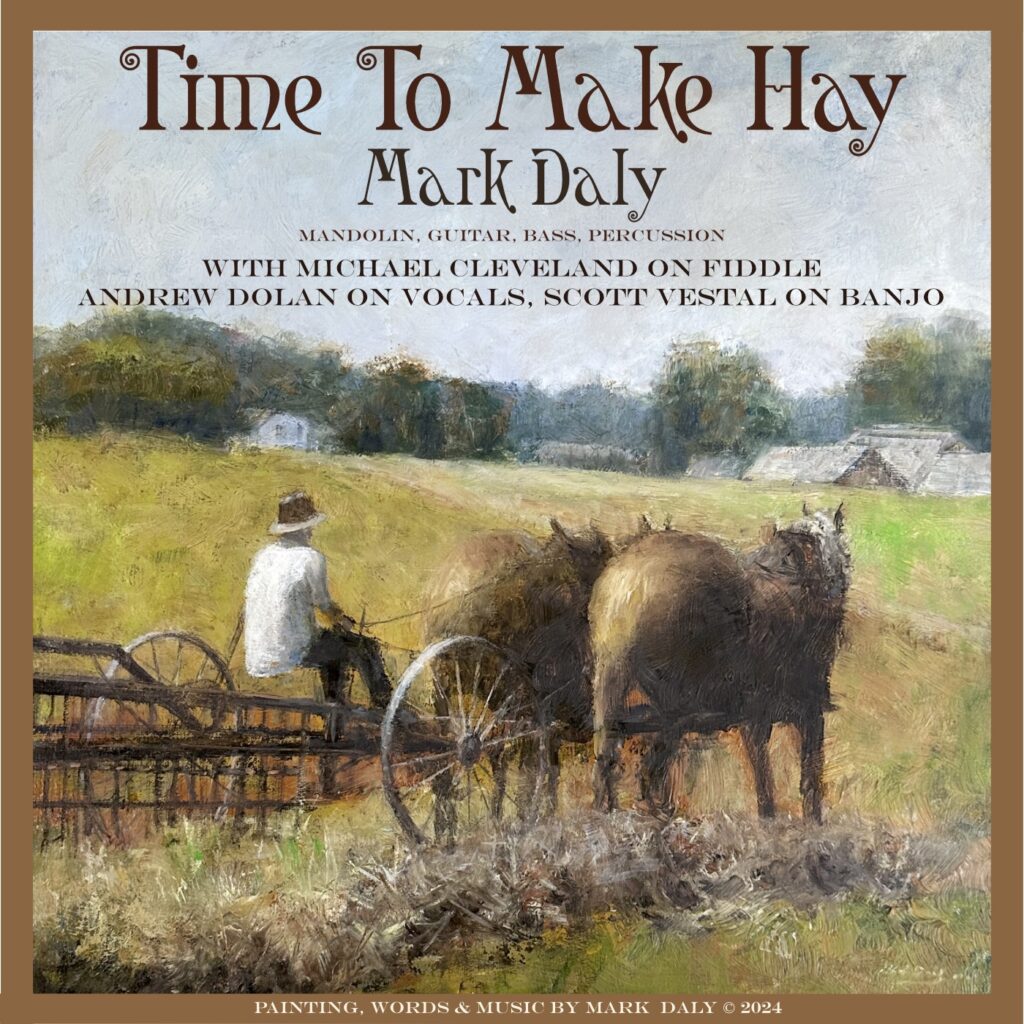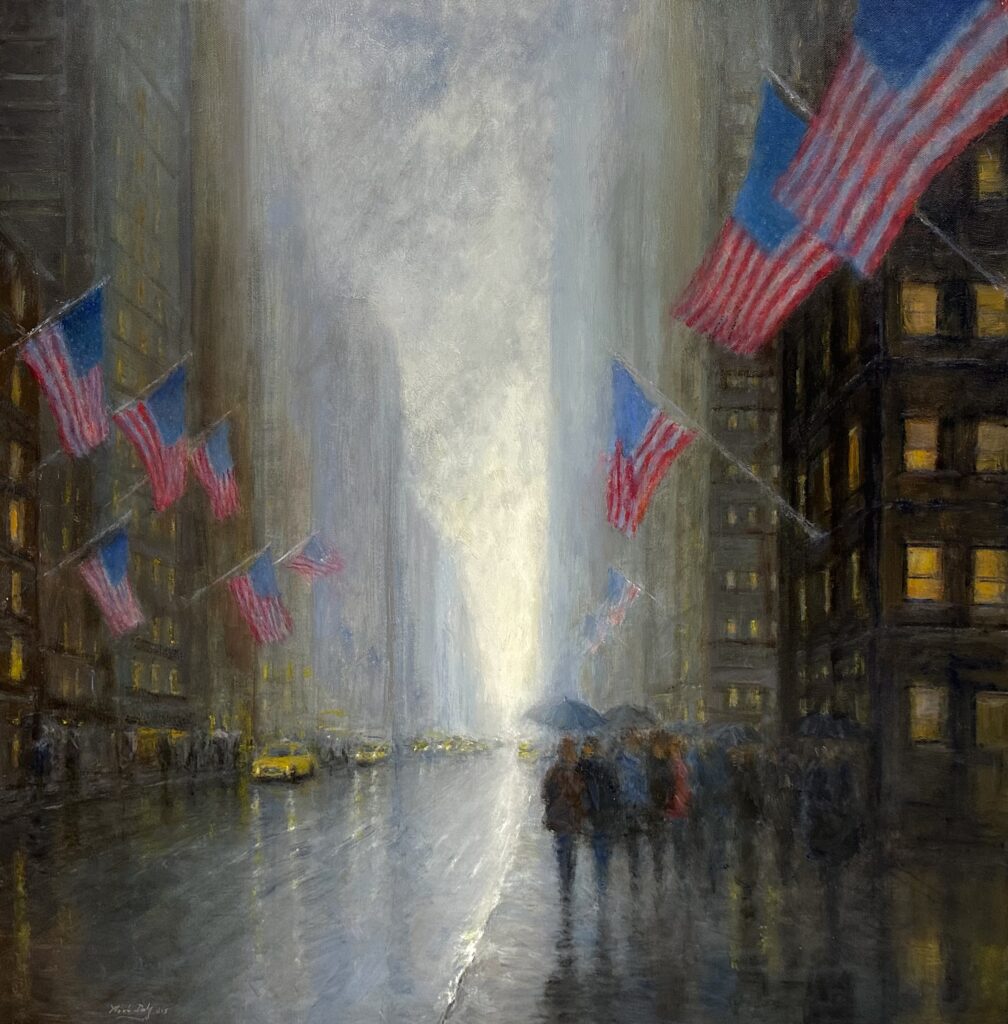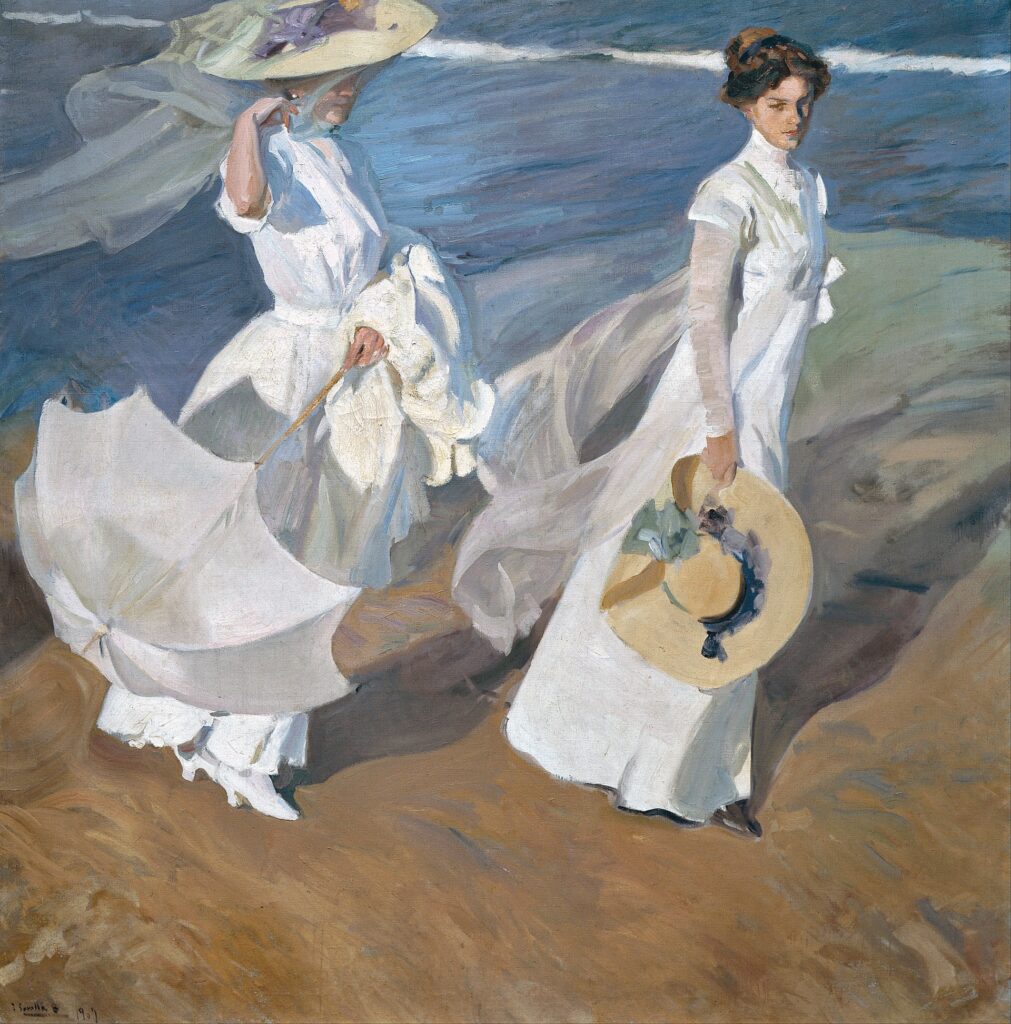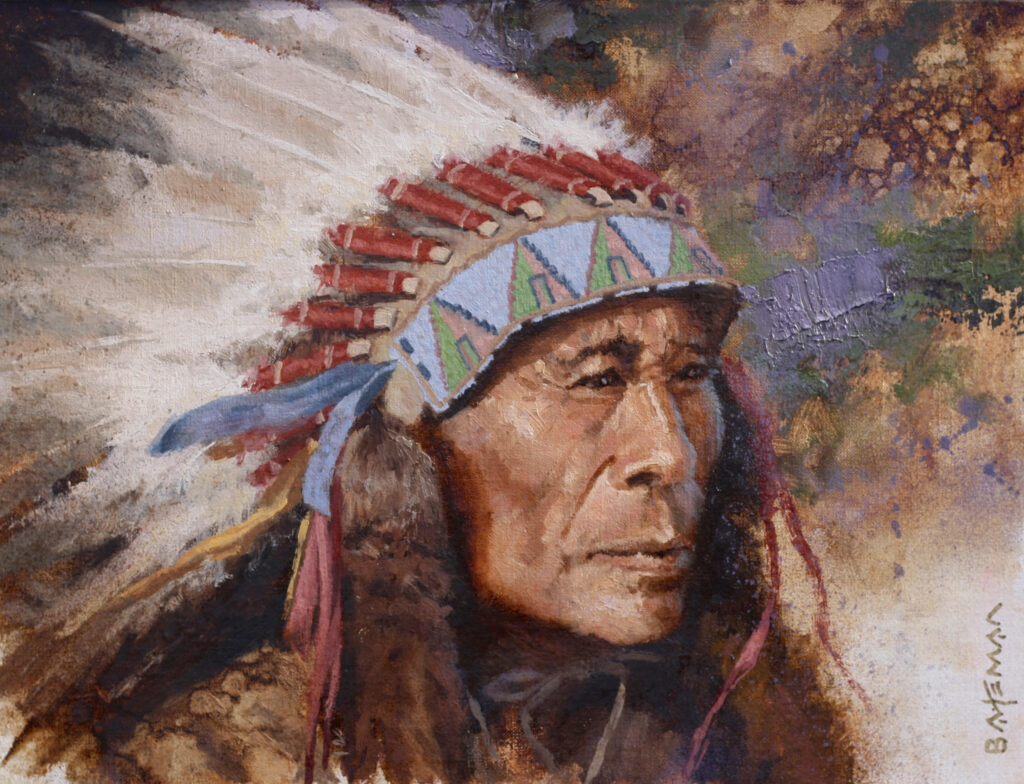
As artists we go through various phases within our journey and it is natural to struggle in finding what it is or what genre one wishes to portray; it’s a selective process sometimes by choice or by elimination and it is, for me at least, built upon one thing – a passion for history. Folks, whatever it is that you wish to draw or paint, it has to be based on your concrete structure built with a passion of your chosen genre. Now this may seem a bit simplistic and honestly it probably is – we as artists tend to muddy the water and place things into our thinking process that can block creativity. For me the passion of what I do is based off of the foundation built from the ground up. Think of your art career as building blocks built upon a solid foundation, and whatever the direction that you choose to go should most likely be based off of that passion for a particular subject. Whatever it may be that trips the trigger: landscapes, birds, boats, aircraft, wildlife, scenics, still life, etc. This is what I mean by using the term passion; it is something that drives you that makes you want to paint what you paint and to continue the perfection of a chosen subject-immersing oneself in the subject and learning as much as you can in understanding your subject.
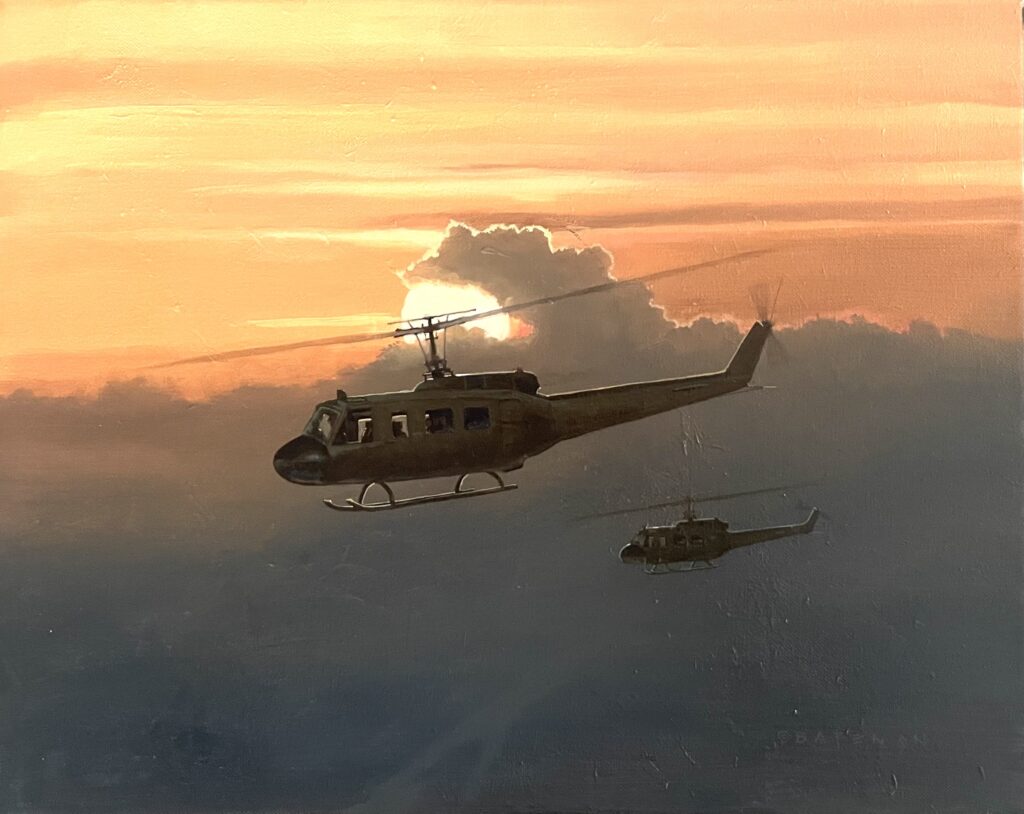
We all get bogged down in finding a direction at times and for what I have chosen to do I have two different areas that remain a driving force for me-western art, particularly Native Americans, and military aviation. I began my artistic career in aviation art and love the genre, learning about the specific aircraft, the engine make and size, paint and markings, theater of operation, pilots, dogfights, etc., but the market was and remains fairly small and hard to eke out a comfortable living. Once I delved into western art this was a whole new learning curve and it remains an area of study, trial and error until I fully understand the chosen subject.
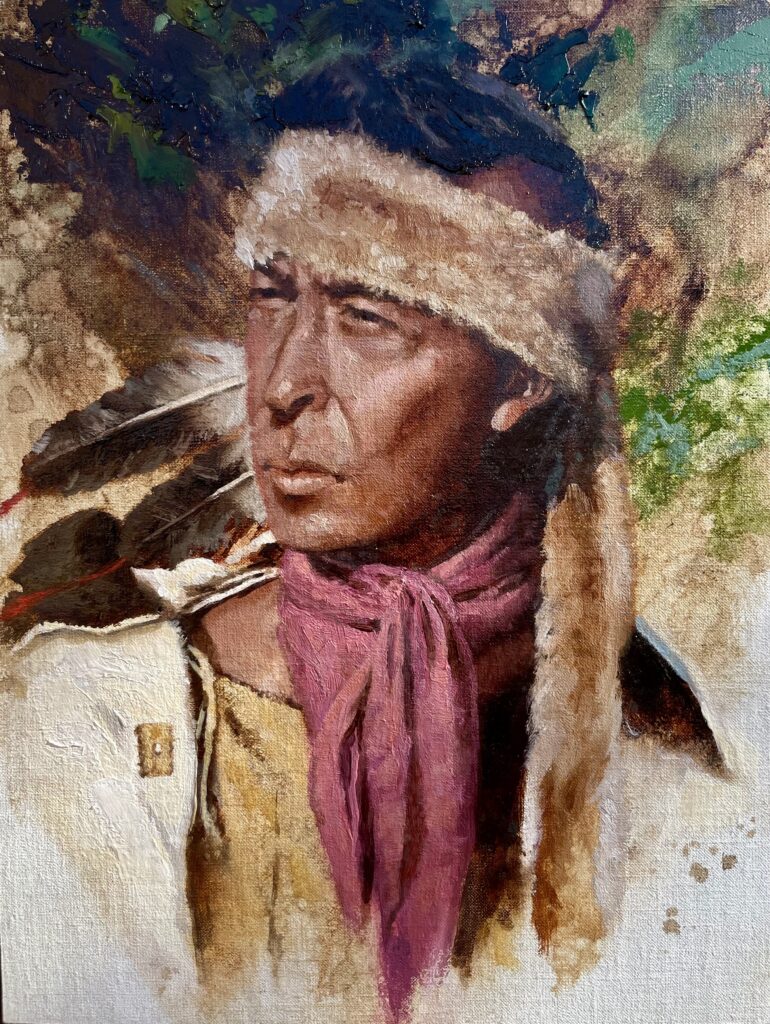
With Native American culture one has to study the tribes, time period, weapons, area where they lived, customs, lifestyle, clothing, etc. This arena is much more vast and there is always more to learn, not only from reference material but from established artists who are kind enough to share their knowledge and passion, and this is a subject that I will discuss in another blog later on as the kindness and directional input has been unbelievably positive in helping my work grow.
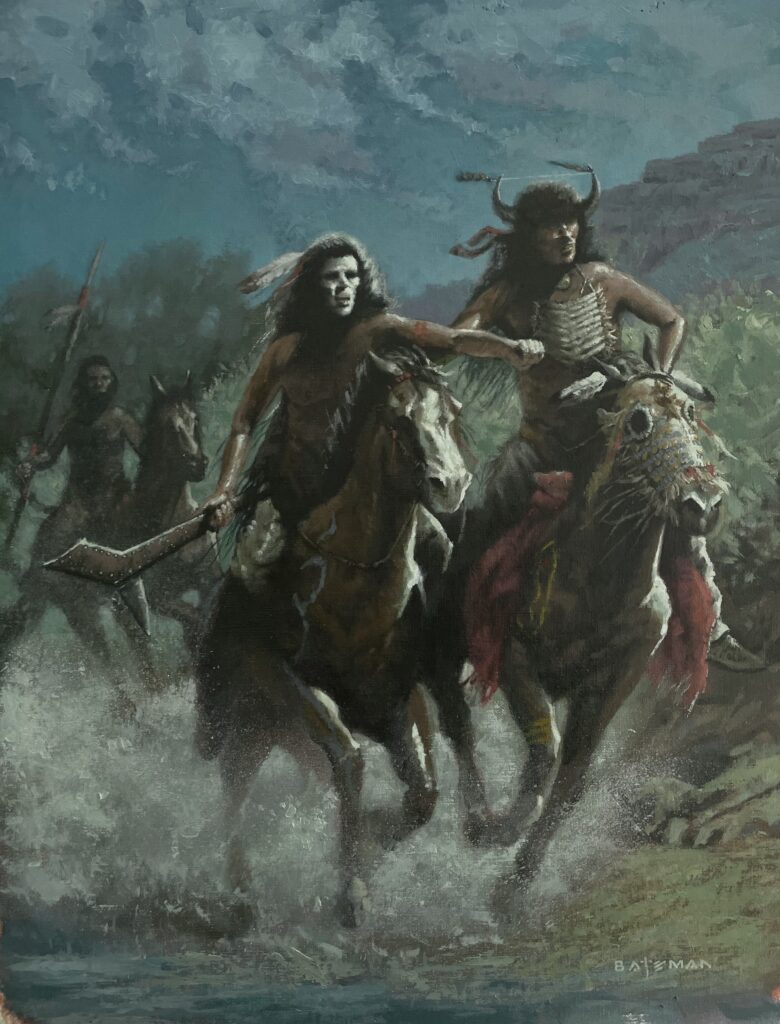
Without passion in your subject, your art could suffer and your knowledge and enthusiasm comes through within the work. The confidence one will gain from knowing and understanding the subject you are painting is just as important as how you paint it, and again for me this leads back to passion – passion for the subject matter chosen, passion for the work, and for the way that one shows confidence in that work, and a confidence gained by knowing what it is that you are painting mixed with repetition. I used to get annoyed at doing a subject over and over until I got it through my thick skull that understanding that subject helps tremendously within the final work.
As simplistic as it sounds I truly believe that it is imperative to have a solid ground structure that an artist can build off of. Remaining within the area chosen not only helps the artist gain a better understanding of that subject but also more importantly gives the collector an understanding of you and who you are. If you are painting a particular subject over time the collector will hopefully watch you and your work and you will gain their confidence by buying what you are offering.
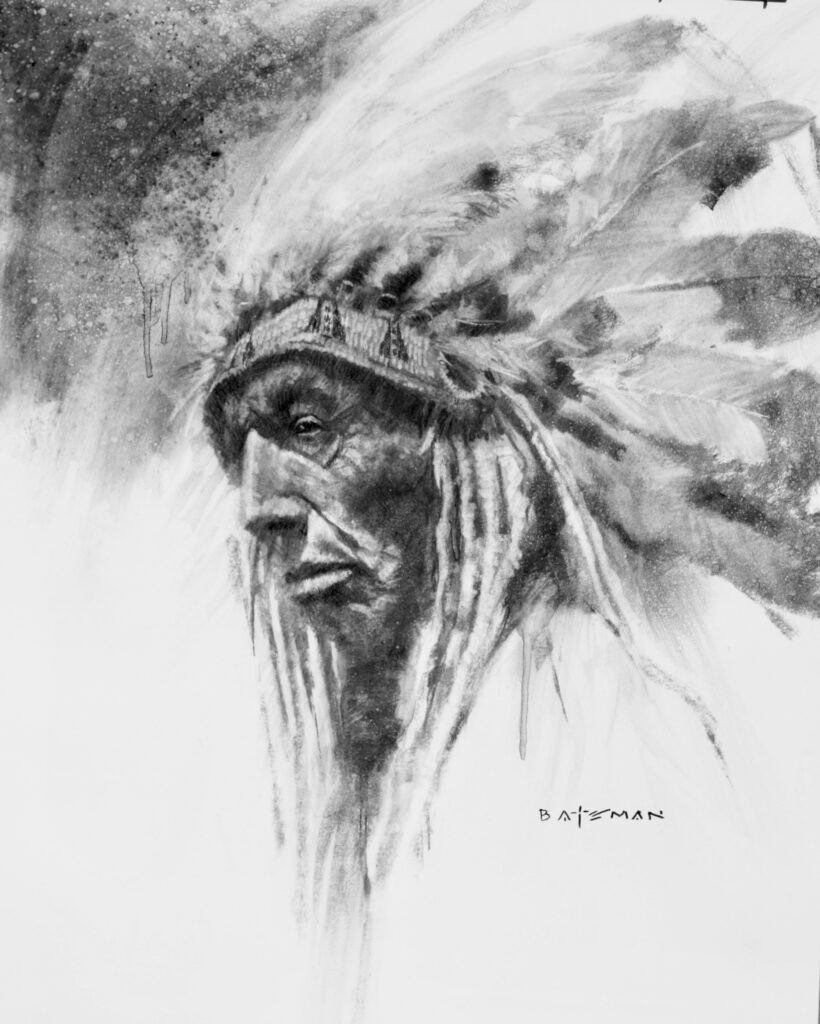
Now I’m not saying that an artist should not paint outside of their chosen subject – after all we learn from making ourselves uncomfortable outside that subject; ex. a plein air outing, and it continues the learning that is imperative to help the artist understand what this is all about. Everything we choose to paint teaches us a lesson or two every time that we put into the knowledge section within our brains, which in turn helps us in future work. Trial and error, happy accidents, chosen mediums, textures and repetition are all are part of the journey of learning and honing your skill sets.
So, build that foundation and build upon your chosen subject with passion as you grow as artists- after all there is always something to learn and always something to paint!!
